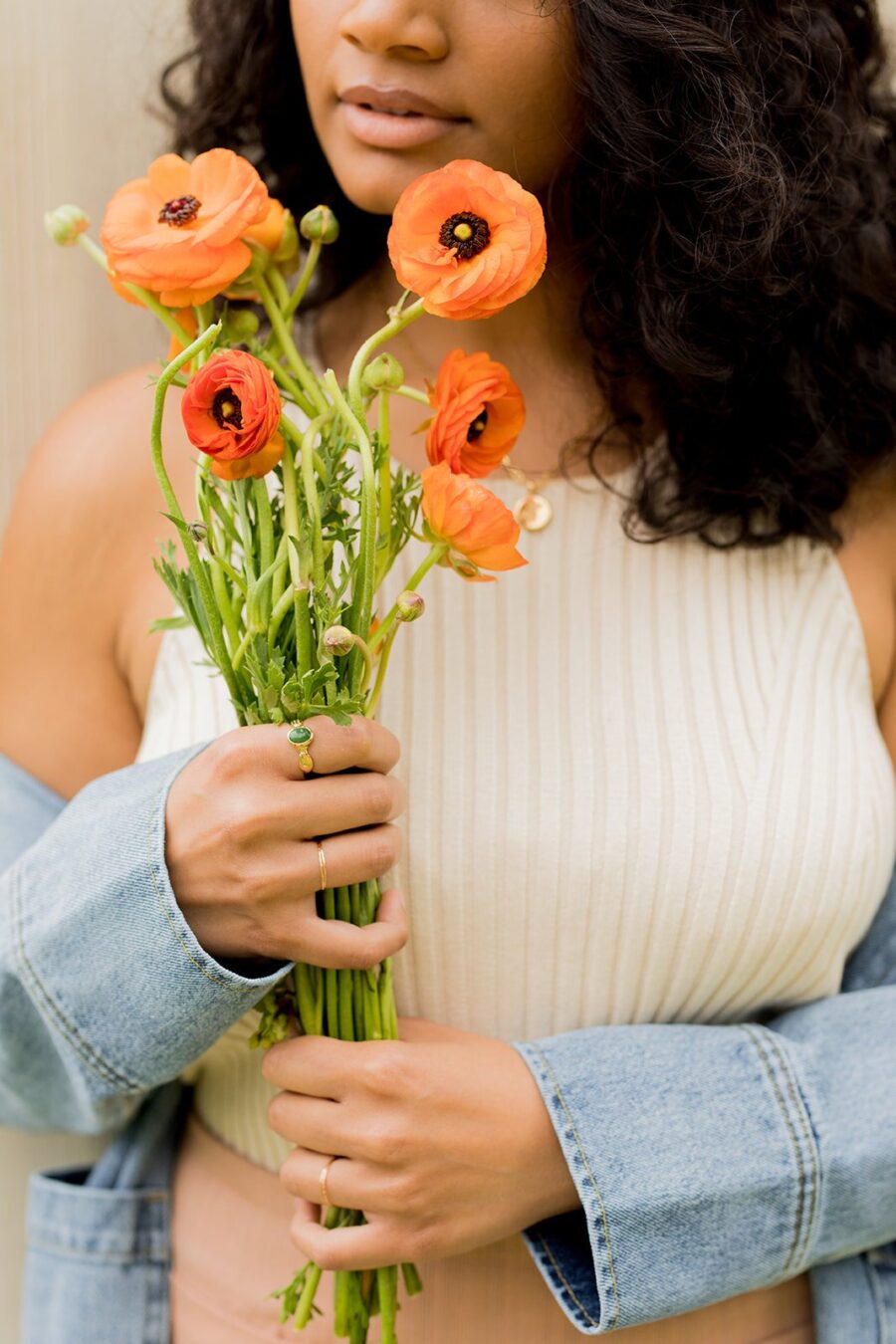
How I Came Out To My Partner
“I think I’m bisexual.”
I said to William one night in a ramen restaurant. We were in New York City, celebrating our one-year anniversary. Naruto, a popular place, was bustling with tourists and locals alike. My husband looked at me confused, and I immediately regretted my impulsiveness; I never planned to have this conversation with him in a public place.
“Does this mean you want to be in an open relationship?” he asked. We had never talked about my sexual identity before, though it was something I’d always wondered about.
I didn’t have an answer. All I knew is that I wanted William to be there with me as we figured out what was next.
“No amount of reading, googling, or talking to friends could help me decide what was best for my relationship. I needed to understand what being bisexual meant for me.”
Only a few weeks before our trip did I admit my bisexuality to myself and then to a friend. I needed someone to be there with me as I explored my internalized biphobia. Growing up in a culture where heterosexuality is assumed the default, I only ever questioned my sexuality in silence. I was ashamed and worried that I might be anything other than straight; there were no safe spaces to be curious or to ask questions. I had rejected myself for such a long time, and coming out was the next step for moving forward.
William and I spent the rest of the trip talking about our relationship, asking ourselves the bigger questions, like if I could be happy in a monogamous relationship, knowing I would never explore my bisexuality. It was something I knew I had to answer for myself—no amount of reading, googling, or talking to friends could help me decide what was best for my relationship. I needed to understand what being bisexual meant for me.
“In coming out to my partner, I realized I had to unlearn a lot about sexuality, and that specifically meant challenging binaries.”
In coming out to my partner, I realized I had to unlearn a lot about sexuality, and that specifically meant challenging binaries. We’re taught you’re either straight or gay and that there’s no in-between; but sexuality is a spectrum, and a person can be anywhere on that line.
I also discovered I’d maintained outdated ideologies around what it meant to be bisexual, and I was holding myself to high standards. For example, I thought being bisexual meant I had to be with both men and women. Yet, we get to decide what our relationships will (or won’t) look like.
In addition to the lack of adequate and comprehensive education, bisexuals are mainly portrayed as being promiscuous, confused, or on the way to being gay. Except much of our ignorance about bisexuality stems from misinformation—and lack thereof. Remember in Sex and the City when Samantha preferred to call herself a try-sexual than a bi-sexual? Or when Miranda referred to bisexual men as greedy double-dippers? These inaccurate portrayals (especially in media) perpetuate harmful stereotypes, so much so that people don’t want to date bisexuals.
“Any questioning, especially inside a committed relationship, is immediately conflated with betrayal and infidelity.”
And then there are the societal pressures. No matter where we land on the spectrum, we’re told to figure out our sexuality at a young age (or it’s even assumed for us). That label is then set in stone. Any questioning, especially inside a committed relationship, is immediately conflated with betrayal and infidelity.
But not being able to live in truth comes at a high cost. Bisexuals make up the highest percentage of LGBTQIA+ people, yet, because of biphobia, our community has high rates of suicide, depression and sexual health-related illnesses. Is it any wonder then that people feel forced to remain silent?
It’s been three years since that night in the ramen restaurant. William and I have since grown stronger, and I am fortunate to be married to an ally and to be living in my truth—and that truth looks like accepting that there is no one way to be bisexual, just like there’s no one way to be straight or gay.
Every coming out story is different and unique. While I wouldn’t recommend having that conversation in a very public restaurant, coming out to my partner helped me discover more about my sexuality and who I am as a person. If I had a chance to rewrite this episode, I wouldn’t have it any other way.
“I am fortunate to be married to an ally and to be living in my truth—and that truth looks like accepting that there is no one way to be bisexual.”
If you’re planning to have a conversation like this with your partner, I’d recommend the following:
Do some self-exploration and prioritize feeling comfortable about your sexuality.
Be honest and transparent, but first and foremost, protect yourself.
Have the conversation in a private space and give your partner enough time to process and ask questions.
If you’re not sure how your partner may respond, you may want to enlist a friend or a safe person who you can rely on for support after the conversation.
You may also want to consider having the conversation in a therapy setting to have a professional help you both navigate through your feelings.
RELATED READING
Varuna is a queer immigrant woman of color. She writes and creates educational content around decolonizing sexual health, prioritizing emotional wellness, and reproductive justice. You can find her work online and on Instagram.
